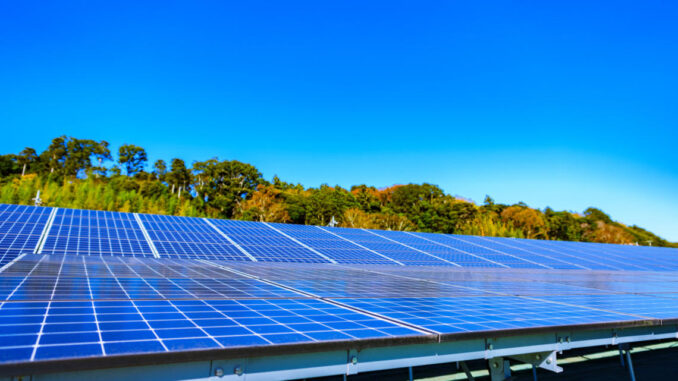
An increase in energy storage capacity will unlock the power of renewables and, ultimately, play a key role in unlocking a successful energy transition. By pairing more renewable energy projects with energy storage, renewable energy reliability will improve. To understand what this means for the energy transition, let’s break down what increasing energy storage looks like in practice and what it means for the energy sector, renewables and the renewable interconnection process.
Unlocking the power of renewables
The United States is at a pivotal point in the energy transition, where wind and solar are cheap enough to compete directly with fossil fuels. While there’s not yet enough renewable generation to power the entire grid, there’s enough to threaten the economic viability of fossil-fuel-fired generation and showcase its overall potential. And, thanks to the Inflation Reduction Act (IRA), the renewables sector is set for staggering growth.
As more renewable energy projects look to connect to the grid, energy storage is the keystone capable of bridging the gap between renewable energy production and consumption. In addition, when coupled together, energy storage can increase the likelihood of renewable energy projects connecting to the grid by helping to de-risk a project at the development phase. It can also save on permitting and planning time, along with construction costs — compared to developing standalone renewable energy projects. This is essential for getting renewable energy projects online. Storage projects can also boost the overall value of renewable energy projects. For instance, when energy storage is paired with solar PV, it increases the average value of solar energy sold to the grid.
Improving renewable reliability
Though renewable resources, like solar, hydro and wind power, may be cheap, the intermittent nature of renewables creates reliability concerns, making it difficult for the grid to fully rely on renewable energy. In turn, without the infrastructure to support clean alternatives, the power sector will remain dependent on fossil fuels.
Increasing energy storage enables these intermittent renewable resources to be reliable and persistent sources of energy that are available in the same way that fossil-fuel-fired generation is. Dispatching renewable energy as needed provides the grid and grid operators with the needed flexibility to rely on renewables. Furthermore, having this flexibility with stored energy ensures there’s enough power capacity to meet peak demand. This removes not only the pressure on utilities during times of peak demand, but also the utility and grid operator concerns when looking to retire fossil-fuel-fired generators with renewable energy projects. Moreover, energy storage provides valuable grid services like voltage support and frequency regulation — which are both critical to ensuring a safe and reliable grid. Energy storage improves renewable reliability, which is becoming increasingly more important for the energy transition, especially as solar and wind generation saturates markets.
Supporting markets with excess renewable generation
While the nation as a whole works toward transitioning to renewables, some markets have excess renewable generation. Aside from overcoming intermittent and reliability challenges, there’s no one-size-fits-all solution to integrating greater amounts of renewable generation onto the grid. Further, today’s transmission and distribution system was not designed to handle the increase in demand brought on by increased renewable energy penetration.
Markets with extensive renewable generation that produce excess renewable energy pose unique technical challenges for utilities and the grid. These markets risk renewable energy curtailment — the deliberate reduction of renewable energy when it can’t be used immediately to balance real-time supply and demand.
Increasing energy storage provides renewable project owners and operators with the support needed to store excess renewable energy — ultimately reducing or eliminating curtailment and providing project owners and operators with a way to retain project profitability. Energy storage can support the large volume of renewable energy projects and renewable generation that’s needed for the energy transition that the current transmission systems in place can’t handle.
Unlocking the energy transition
Accelerating the energy transition is no easy task but increasing energy storage will put the energy sector on the path needed for widespread renewables adoption across the nation. It’s time to unlock the power of renewables by increasing energy storage to unlock a successful energy transition and achieve our clean energy goals.



